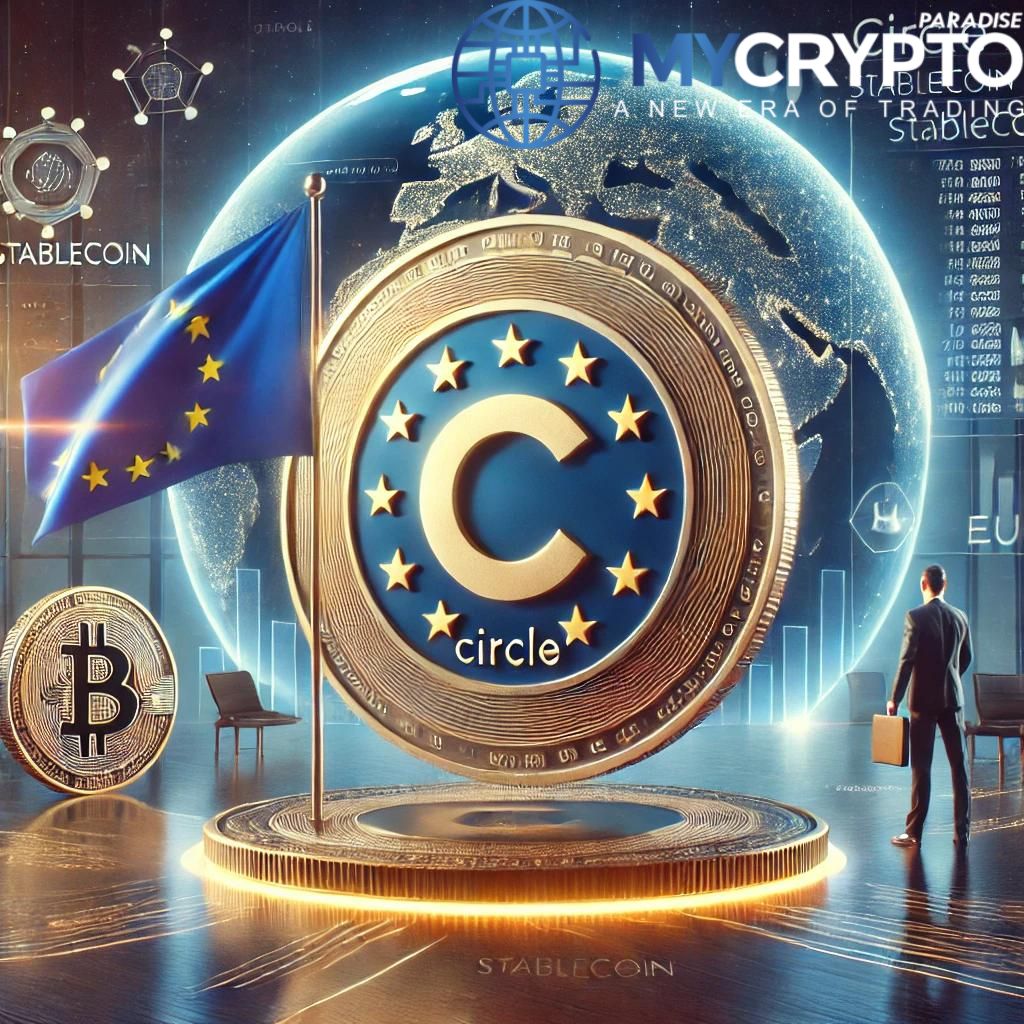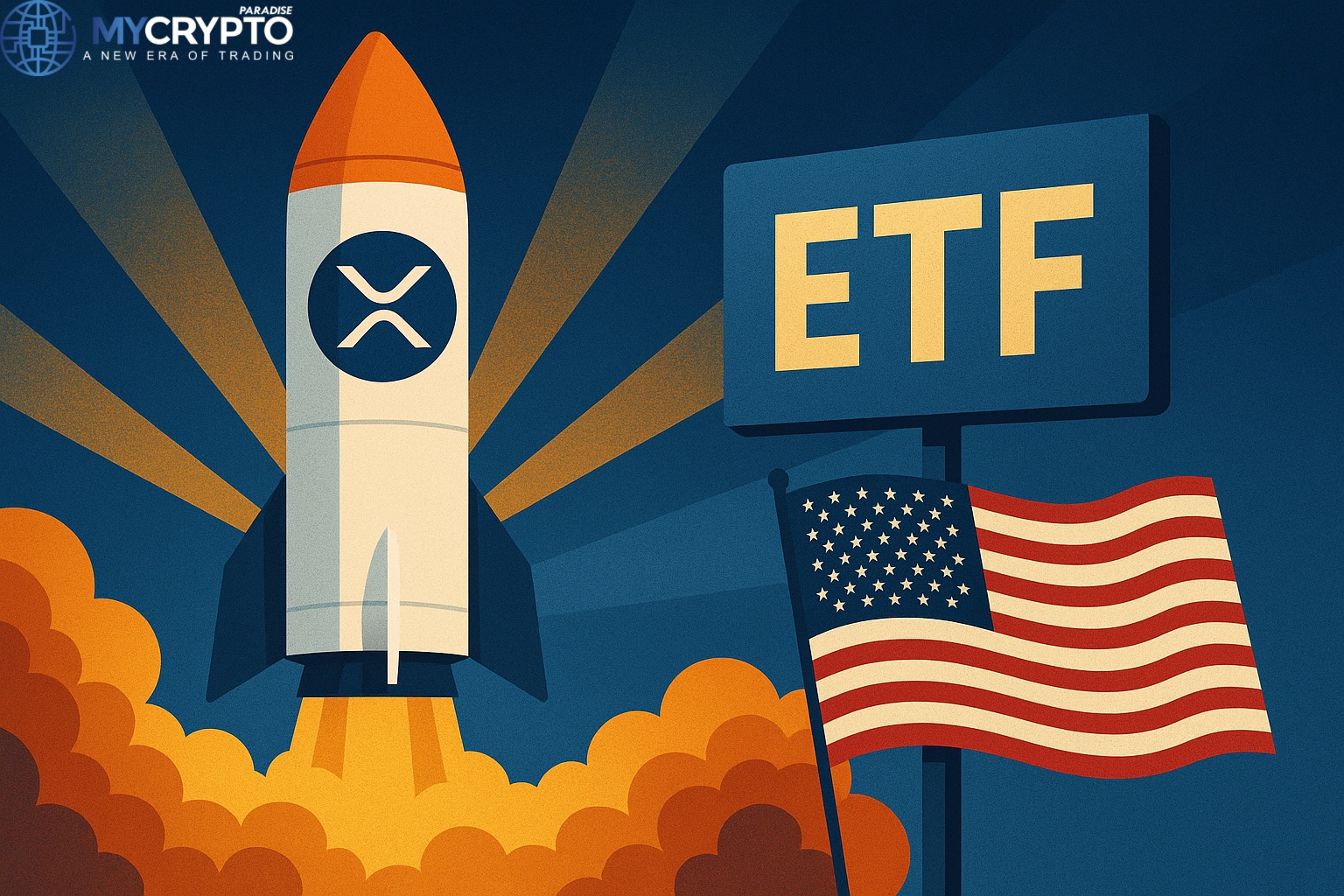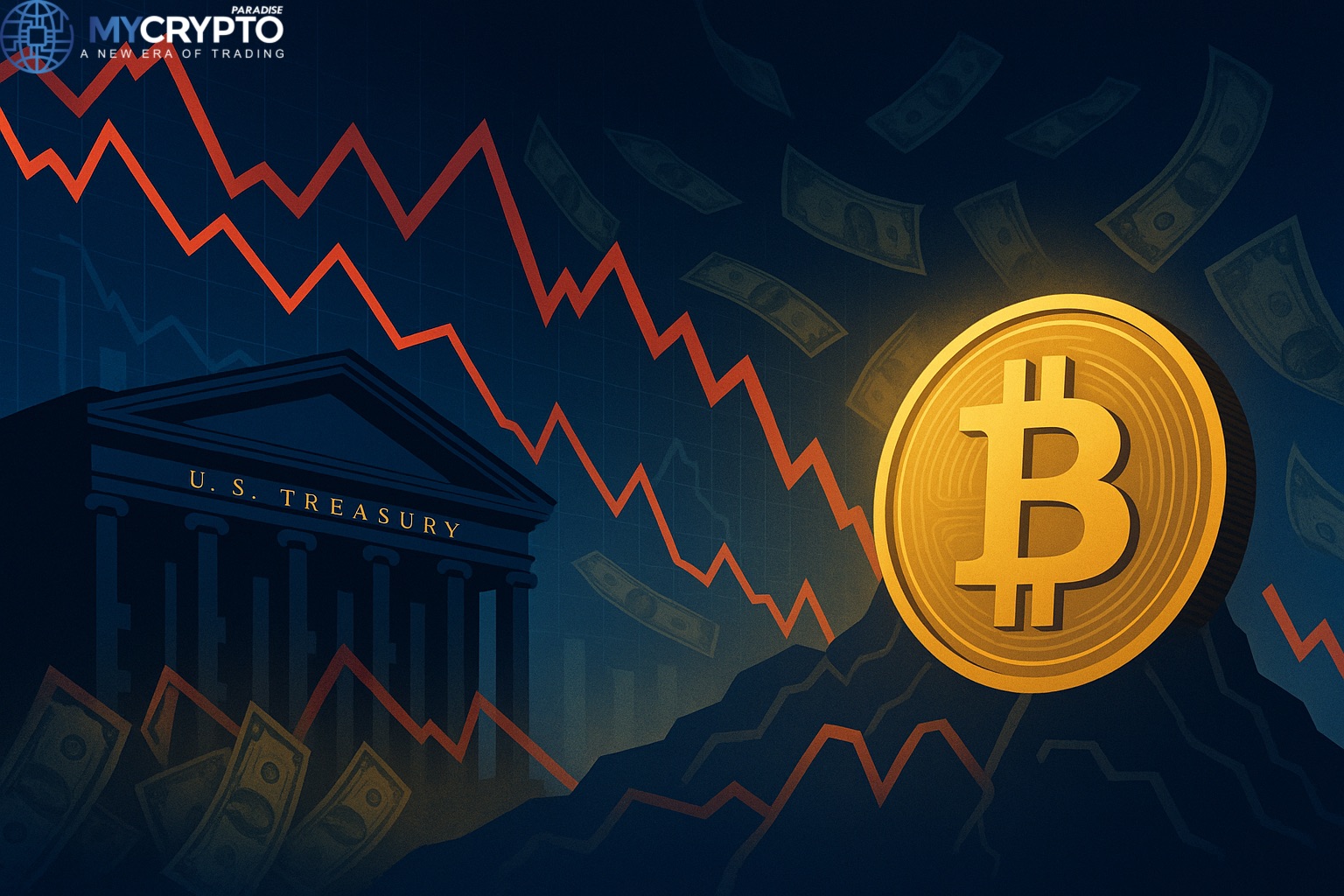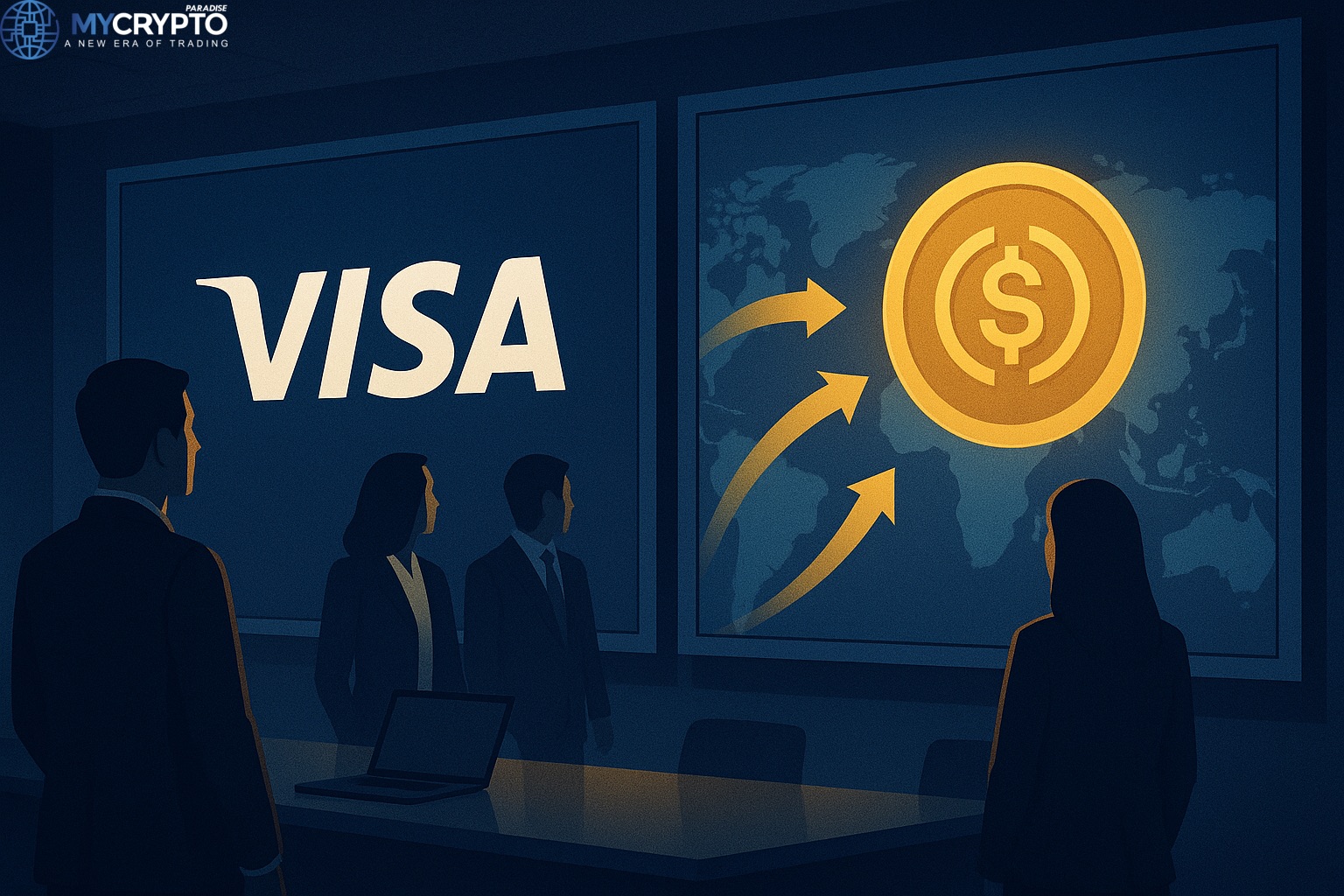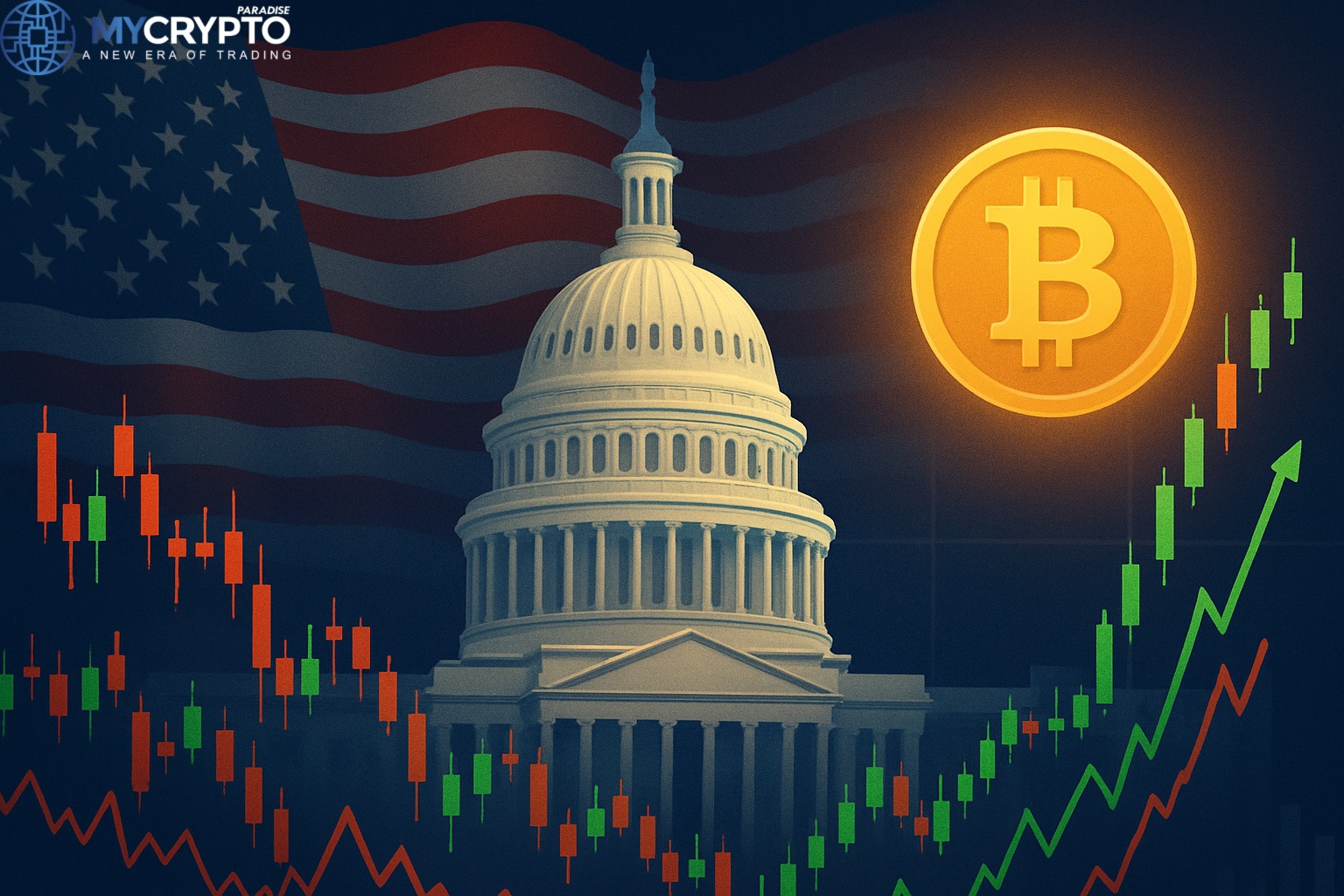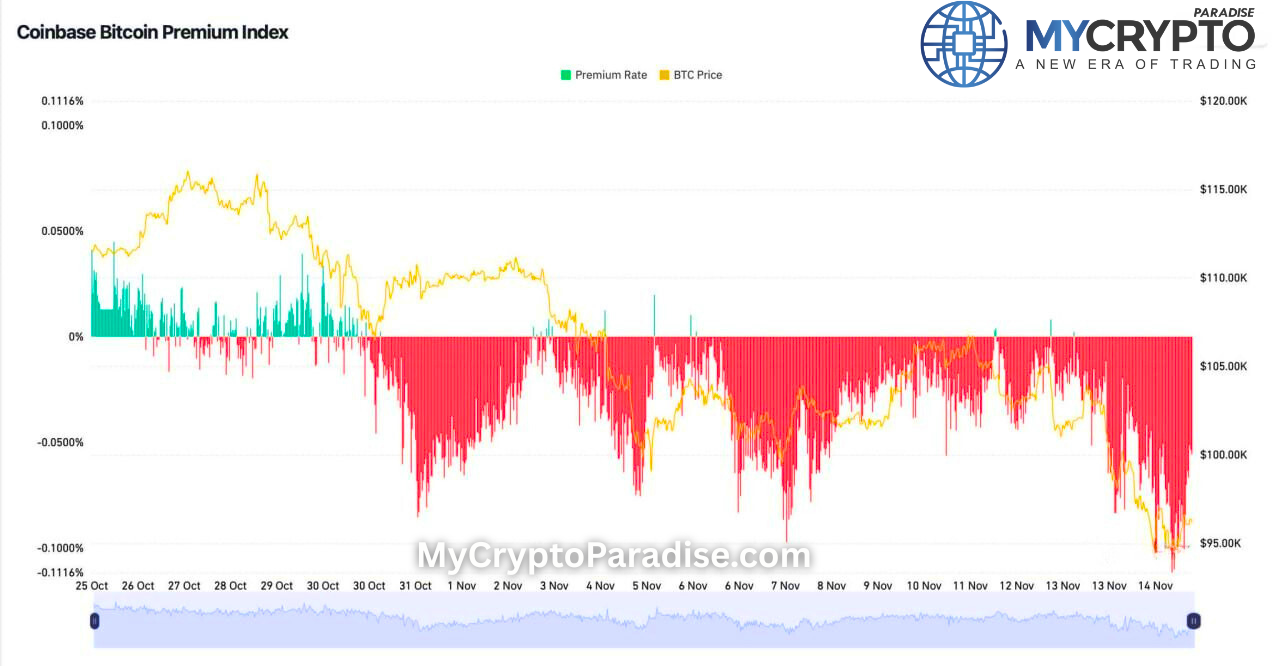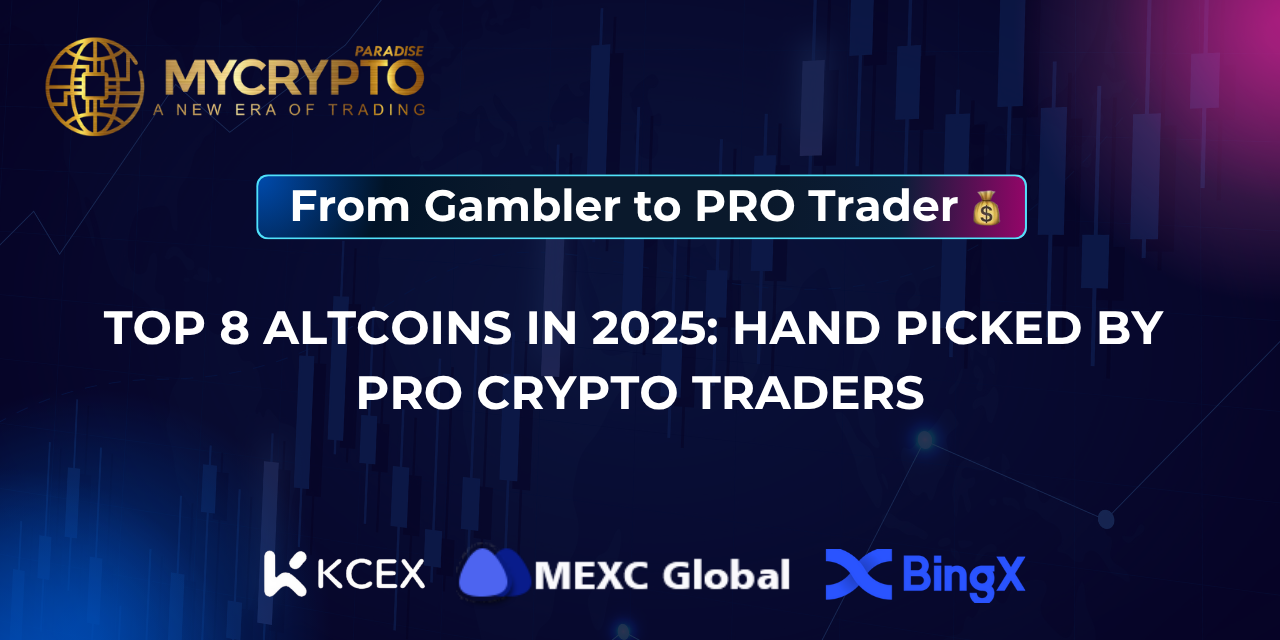Quick Takeaways:
- Circle’s USDC becomes the first stablecoin to meet Europe’s MiCA regulations.
- This compliance could pave the way for broader acceptance and integration of stablecoins within the EU’s financial system.
Yello Paradisers! Is this the dawn of a new era for stablecoins in Europe? Circle’s USD Coin (USDC) has taken a monumental leap by becoming the first stablecoin to fully comply with the European Union’s stringent MiCA regulations.
Circle’s Compliance Game: Pioneering Under Europe’s MiCA Regulation
Circle, the powerhouse behind USD Coin (USDC), has just etched its name into the crypto hall of fame by becoming the first to align with the European Union’s fresh MiCA (Markets in Crypto Assets) regulation. This isn’t just a small step; it’s a giant leap towards integrating crypto within Europe’s stern regulatory framework.
MiCA Regulation Rolls Out
As of June 30, the EU has put its MiCA framework into full swing. Designed to clean up the crypto scene, MiCA clarifies the dos and don’ts, turning the gray areas into well-marked streets. It sets the stage not just for the usual crypto operations but slices through the specifics of asset-referenced tokens and e-money tokens, adding layers of tax clarity and trading limits.
Circle’s Strategic Compliance
While some might see regulation as a hurdle, Circle has embraced it with open arms, snagging a seal of approval from France’s electronic money institution. This isn’t just about staying within the lines; it’s about shaping a future where USD Coin and its Euro-centric sibling, EURC, can roam freely across Europe.
Beyond the Compliance
Circle’s move isn’t just about dodging fines or sidestepping red tape. By aligning with MiCA, Circle is setting a gold standard in a market where trust is currency. This compliance isn’t just good on paper; it’s good for business, potentially coaxing other crypto firms to follow suit and beef up their regulatory game.
A New Dawn for Crypto in Europe
With Circle’s play, the crypto landscape in Europe could see more than just regulatory compliance; it could witness growth and innovation, underpinned by a newfound confidence among investors and users. And while USD and Euro stablecoins currently dominate the scene, this regulatory embrace could eventually diversify and enrich the crypto ecosystem in Europe.
In essence, Circle’s alignment with MiCA might just be the blueprint for crypto’s future in Europe—regulated, respected, and ready to roll.
